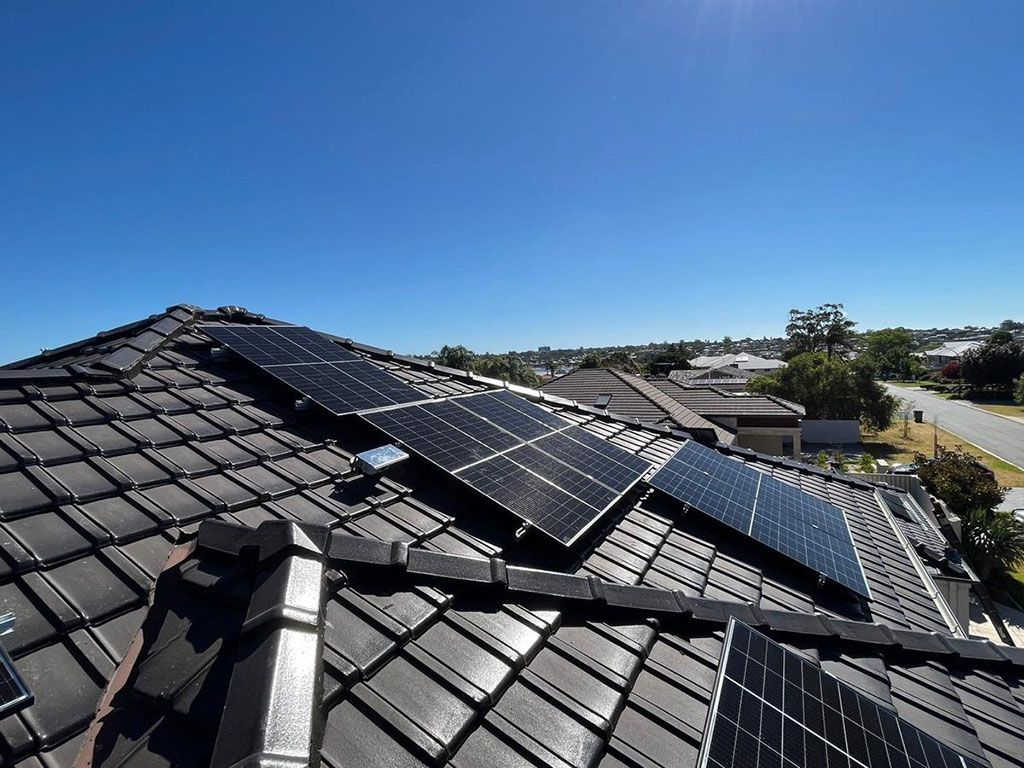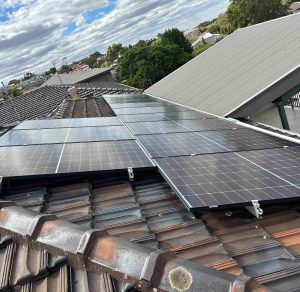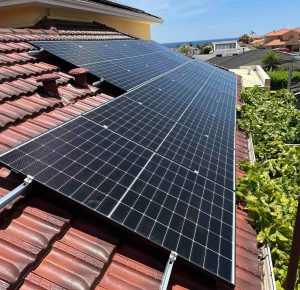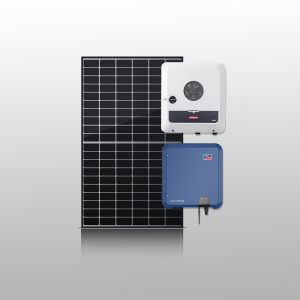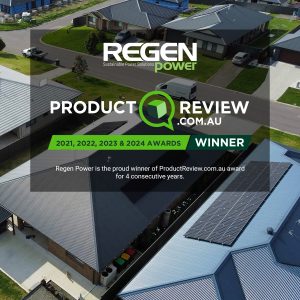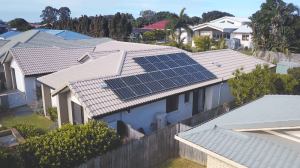Are you inquisitive to know how your solar panels work when the sun is not shining? If your answer is yes, then this article is for you. It is important that you must have a basic understanding of DC and AC systems to explore more on this aspect. DC and AC systems are the major systems in which solar Panels work. DC system is the most commonly installed method of solar all over the world. This is also known as the string system.
Generally, a DC system consists of one main solar inverter that is installed at the ground level of a home or business. The modern inverters display reading on their screen. The advancements in the field of technology allow connecting via WiFi to an app. This will help you to manage your solar system from remote locations. In an AC system a smaller individual inverter is installed under each panel, and in some cases, one for every two panels. The inverter in this system does not have a reading display screen. However, the information can be accessed through a WiFi connection. Ac system is also called a microsystem. It requires more components to operate compared to the DC system. It can have more points of failure because it demands more components to operate.
Solar panel performance low light
Solar panel performance is variable depending on various factors. If you are considering buying a solar panel, you might be concerned about its performance in low light. Solar panels definitely produce energy in low lights. It works by allowing particles of light (photons) to knock electrons free from atoms, generating a flow of electricity in the panel. Solar panels can generate the flow of electricity by using a minimal amount of light or more specifically photons. You may be wondering about the fact that solar panels can generate electricity even before the sun can be seen in the sky. However, solar power production would be less in low light or early morning and late evening due to less intensity of the light.
How do solar panels work on cloudy days?
You might have concerned about the performance of your solar panels on cloudy days. Yes, solar panels can generate solar power even on cloudy days. However, it won’t produce solar power as effectively as on sunny days. In short, solar systems’ performance might be less on cloudy days. In most cases, a solar PV system can generate around 25% to45% of the energy on a cloudy day. If you choose tier-one quality solar panels that can absorb sufficient sunlight. It will help to work more effectively in grey weather.
How do solar panels work on rainy days?
Solar panels will generate solar power even on rainy days. However, the power production would be less as there won’t be ample sunlight to increase the flow of electricity. This may affect the solar system’s performance on rainy days. In addition to that rain helps to restore the solar system’s efficiency. Rain may wash away the dirt and dust deposited over the solar panels, which will help to bring back the solar system’s performance efficiency.
Solar power optimizer
Solar power optimizer uses DC converter technology and is used to connect one, some, or all panels in a system and enable them to operate as independent panels. It connects to each solar module in a PV system, turning them into smart modules. Power optimisers are useful to increase system energy production, potentially growing revenues and shortening system ROI.
Solar Panel Performance on normal days
Solar panel power generation capacity depends on several factors. The prime factor is its size. Solar panel sizing is measured in Watts (W) or kilowatts (kW), whereas a panel’s output is measured in Kilowatt hours (KWh). The other factors that affect the power generation of solar panels are the orientation and angle of your solar panels, daylight hours in your area, intrusions near the panels, and intensity of sunlight. Based on the general trend you can expect a 1kW solar panel to produce around 4kWh of electricity a day.
Average Daily Production of Solar PV Cells in Australia
| City | 1kW | 1.5kW | 2kW | 3kW | 4kW |
| Hobart | 3.5kWh | 5.25kWh | 7kWh | 10.5kWh | 14kWh |
| Melbourne | 3.6kWh | 5.4kWh | 7.2kWh | 10.8kWh | 14.4kWh |
| Sydney | 3.9kWh | 5.85kWh | 7.8kWh | 11.7kWh | 15.6kWh |
| Adelaide | 4.2kWh | 6.3kWh | 8.4kWh | 12.6kWh | 16.8kWh |
| Brisbane | 4.2kWh | 6.3kWh | 8.4kWh | 12.6kWh | 16.8kWh |
| Cairns | 4.2kWh | 6.3kWh | 8.4kWh | 12.6kWh | 16.8kWh |
| Canberra | 4.3kWh | 6.45kWh | 8.6kWh | 12.9kWh | 17.2kWh |
| Darwin | 4.4kWh | 6.6kWh | 8.8kWh | 13.2kWh | 17.6kWh |
| Perth | 4.4kWh | 6.6kWh | 8.8kWh | 13.2kWh | 17.6kWh |
| Alice Springs | 5kWh | 7.5kWh | 10kWh | 15kWh | 20kWh |
Related Articles

